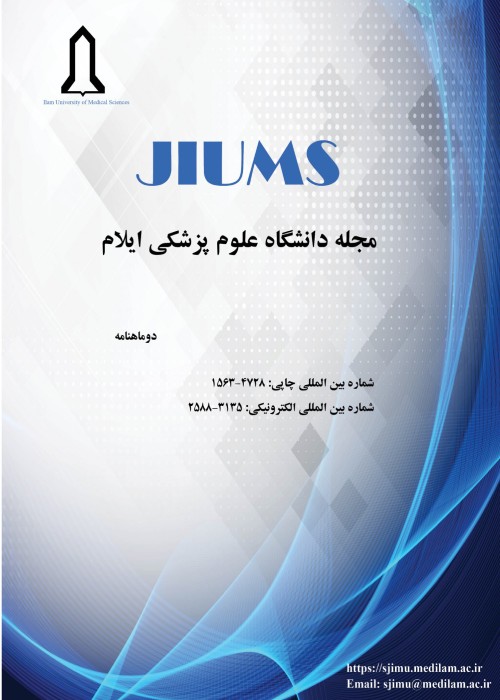Proteomic Study of Cervical Cancer
Cervical cancer is the second fatal cancer among women in developing countries and seventh in developed count-ries. Screening cervical cancer to find genes and proteins that play a role in the develop-pment of diagnostic and therapeutic biom-arker، in the other hand، molecular mech-anism of tumor genesis is also associated to the protein cluster that will change in dis-ease، so discovery of protein clusters appear to be necessary. In this study، for better resolution proteome of cervical cancer tissues is analyzed by proteomic techn-iques.
Proteins extracted from the normal and cervical cancer tissues، then protein separated in first (IEF) depe-nding on their isoelectric pH on strip. Second dimensional SDS page elect-rophoresis to separate proteins by molecular weight was performed. For detecting prot-ein spots، both gels were silver stained. Finally for bioinformatics and statistical analysis (clustering analysis and principal component analysis) of proteins in the two groups was studied with the progenesis same spot software.
Bioinformatics and statistical analysis of two-dimensional gel electroph-oresis techniques obtained 158 protein spots from both excremental groups. 19 protein spots were more expression in cancer than normal groups whereas 18 pro-teins in normal have more expression than cancer groups. Clustering analysis divided proteins into two main clusters that indi-cated there is an expressed protein is similar in each cluster which these proteins can provide similar performance in terms of testing or indicating its presence in the same biological pathway. PCA analysis confirmed the results of clustering and showed the protein has been classified in accordance with the test conditions. Discussion &
According to the results we concluded that multivariate stati-stical analyzes such as clustering، principal component analysis or correlation analysis helps to identify genes and groups of genes that transform normal tissue to a malignant stage. To identify the protein classes invol-ved in molecular mechanisms of cervical cancer need to determine the type of protein that must be identified by mass spectr-ometry.
- حق عضویت دریافتی صرف حمایت از نشریات عضو و نگهداری، تکمیل و توسعه مگیران میشود.
- پرداخت حق اشتراک و دانلود مقالات اجازه بازنشر آن در سایر رسانههای چاپی و دیجیتال را به کاربر نمیدهد.


